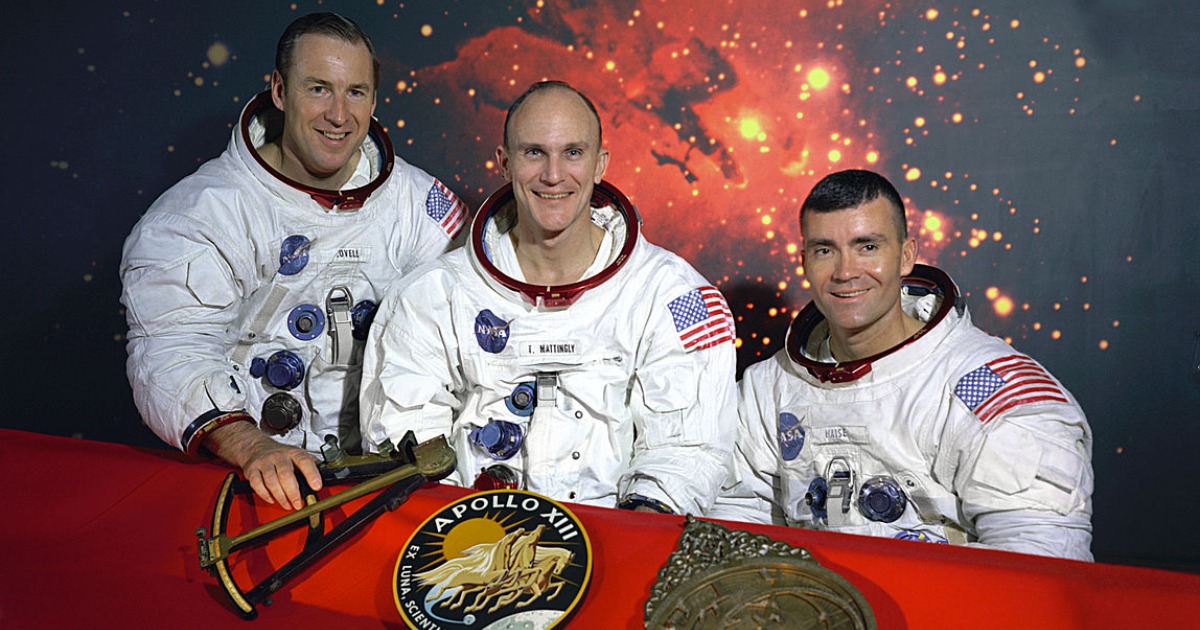The breathtaking return voyage home of Apollo 13 has become part of the national consciousness. The language used by astronauts and engineers at agencies like America’s National Aeronautics and Space Agency (NASA) doesn’t usually make its way into the jargon of everyday citizens. But when the Apollo 13 space mission began experiencing problems before, during and after its launch on April 17th, 1970, the world became riveted to the plight and potential death of the three crewmen on board. It was all summed up by Captain Jim Lovell when he told mission control:
“Houston, we have a problem.”
People everywhere still use the line to lightheartedly describe a situation of difficulty. But what happened to that spacecraft and those men, 50 years ago this month, was anything but lighthearted. Even before they left the launching pad in Florida the mission seemed jinxed, with one astronaut, Tom Mattingly, becoming seriously ill and subsequently grounded, even though he was fully trained and ready to go. It meant that his replacement, Jack Swigert, had only a brief time to familiarize himself with the other astronauts, Jim Lovell and Fred Haise, and the lunar module’s operations.
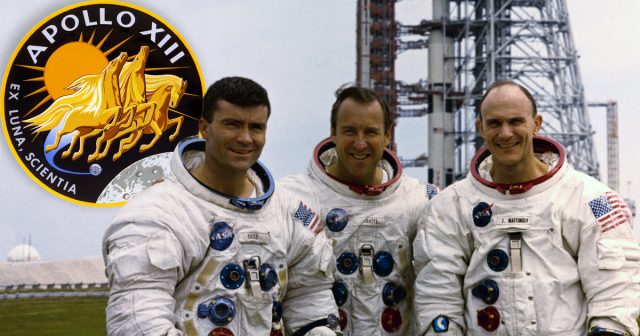
That was just the first in a long line of hurdles that nearly cost the men their lives. Next came problems with all three engines during takeoff; each one had to burn at incorrect rates and for different times than intended. But ultimately, two days into the journey, it was an exposed wire that caused a fire in an oxygen tank that forced NASA to abort the mission and turn its focus to getting the men home — if they could.
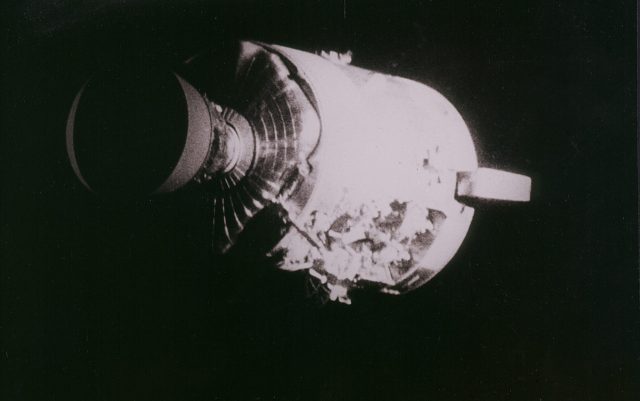
“It’s one of those stories where they were able to overcome all sorts of odds, and it’s an extraordinary adventure story,” recalled Smithsonian Institute curator Teasel Muir-Harmony in an interview with smithsonian.com, the online news website, when talking about the rescue. “It’s hard to believe that they were able to come back from the moon and to continually solve all the difficult problems that arose… it was just problem after problem after problem.” The mission’s command module is on display at the Smithsonian’s National Space and Air Museum.
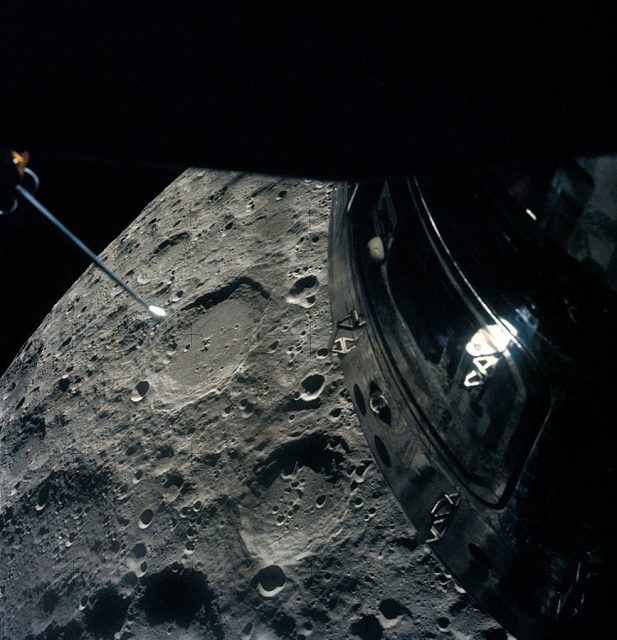
The ground crew did indeed face seemingly unending problems, having to offer advice on the fly to the stranded men. When the command module became unsafe because toxic carbon monoxide was poisoning what little air they had, the astronauts had to improvise a device to reduce the poison.
They had to let the temperature drop to that of a commercial freezer, or they would not have had enough oxygen to make it home. Each man had just six ounces of water per day on the journey back, and yet they lost their appetites and got sleepy because of the poor air quality. No one, including the ground crew at NASA, was at all sure they would make it home alive.
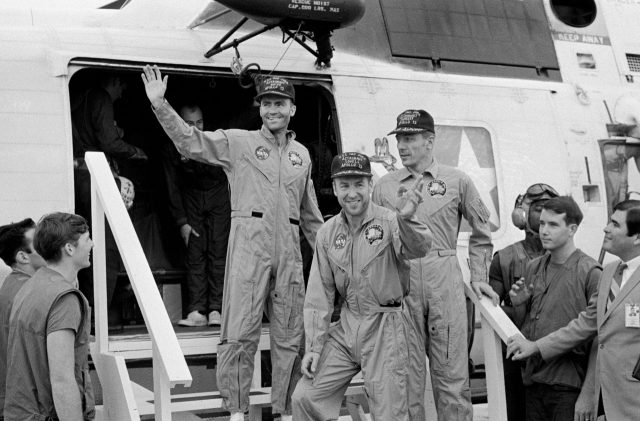
Yet they pulled together, said flight director Gene Kranz, who was in charge of the rescue operation. In an interview after the men arrived safely back, he said, “Watching and listening to your crew die is something that will impress your mind forever… Every person in the room (command center) lived to flout the odds.” And flout the odds they did.
Finally, the three men made it back to Earth. The episode was incredibly stirring and emotional for not just Americans, but for millions of people who tuned in to follow the fate of the three men and their damaged gear. When they finally landed in the Pacific Ocean, it was as though the entire nation — indeed the world — united in a single, long cheer. As the New York Times reported, “…for some of those millions it was perhaps the single most thrilling moment of the whole space adventure — surpassing even that of Neil A. Armstrong’s first tentative steps on the lunar surface — this moment of return.”
Related Article: Historian Finds Never Before Seen Footage of Apollo 11 Moon Landing
America cannot celebrate this anniversary in the traditional way — with parades and events and parties — because of social distancing measures in place around the globe. But no doubt it is a moment of great national pride, remembering when the country held its collective breath to await the rescue of three men who would become heroes. And rescue them they did, to the enormous relief of the entire country.
